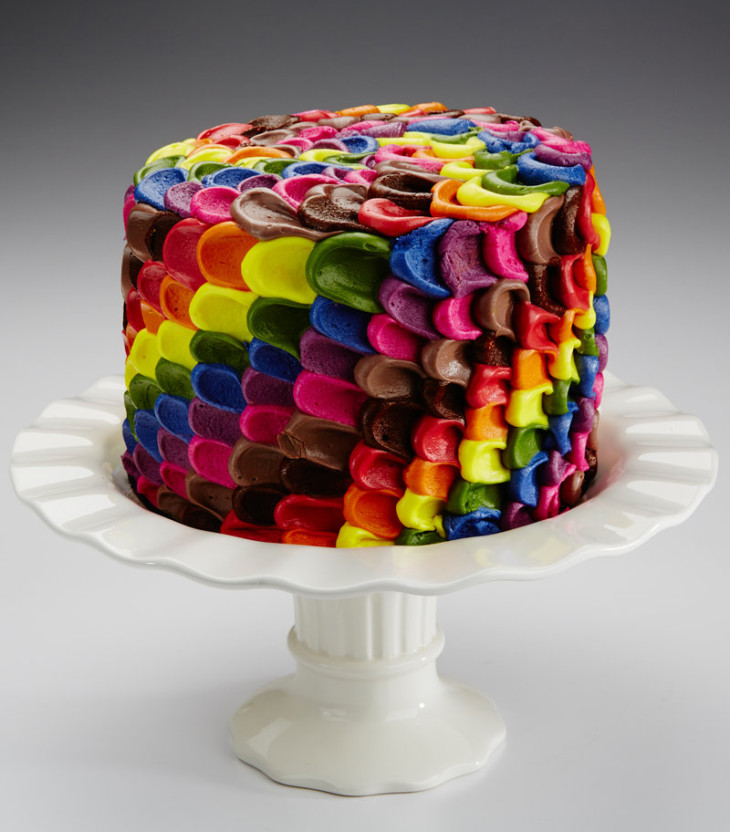We’ve made Easter eggs with onion skins, cabbage, and turmeric, and I’ve always found the warm, muted, earthy tones more appealing than the results achieved with your average Paws color kit. However, until I saw this recent story on NPR, I had never considered using those techniques with any other project.

Derived from plants, natural colors (many of which can be obtained from wild and garden plants) – as opposed to the brightly hued synthetic colors that have dominated the industry for decades – are trending in the packaged food industry.
Because, apparently, stained orange fingers after an indulgent bag of Doritos just isn’t a thing anymore.
The interesting thing about this type of product, though, is that the colors are much harder to make consistent. As any gardener knows, terroir – the sum of rain, soil, sun, and a whole host of other factors – makes a big difference in how a plant performs. So, for example, my New England-grown strawberries taste different from the same variety grown in my mom’s garden in Colorado, and my lupine just doesn’t have the same saturation and range of colors.

As this trend hopefully spreads, I wonder if the variation will somehow help us reconnect in new ways with the plants that make our food.
Instead of trying to standardize colors, I wonder if the added expense of creating a constant color will lead to a cultural shift where we embrace color shifting in packaged products from one season to the next.
Perhaps we might learn to think it as interesting that our Doritos are really yellow one season and perhaps more red the next.
Maybe we might even someday say to ourselves something like this….”Ahh, this season’s coral-red Doritos are delicious, I bet they are this color because, you know, we’ve been having this drought in California and the West where Prickly Pear cactus grows. Prickly Pear is more abundant and thrives in the current conditions. I like this color, it tastes better than last years vintage… where the pomegranates did well and subsequently the yellow dye obtained from their skins was a bit stronger.” – or something like that.
What do you think? Is it possible that this trend could help us culturally reconnect with our environment in new and interesting ways? We have these conversations around wine…. why not Doritos? Or cupcakes…..Yes. Cupcakes.
Top images courtesy of colorMaker Inc. and created with natural dyes.
Bottom image courtesy of Color Garden where you can buy a selection of natural food dyes for home use!
More posts about Terroir, Food, and other random things:













